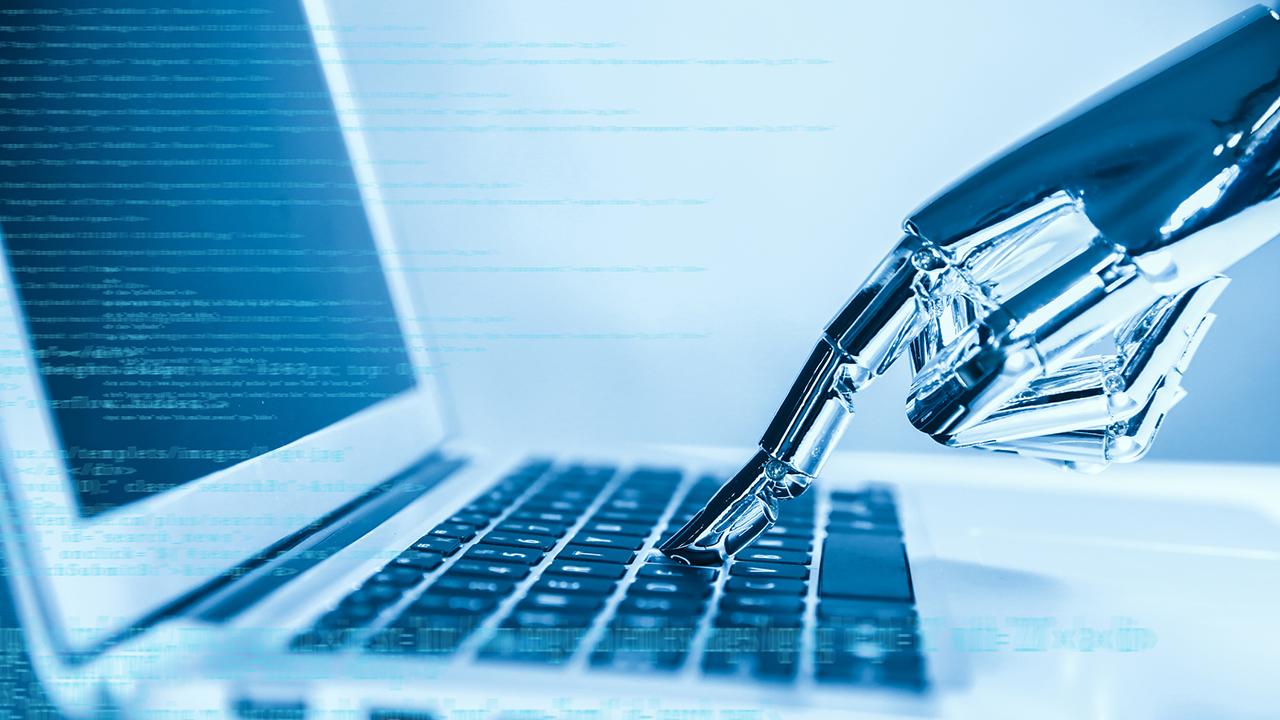Top 10 jobs most likely to be taken over by robots
Are robots coming for your job? That depends on what kind of work you’re in.
Researchers at the Brookings Institution analyzed the kinds of tasks and occupations most likely to be affected in the near future by artificial intelligence and machine learning.
The technique, created by Stanford University Ph.D. candidate Michael Webb, looks specifically at the overlap between AI-related patents and job descriptions from the U.S. Department of Labor to find what they call AI exposure rates for certain occupations. The higher the score, the more likely jobs in that field can soon be overtaken by machines.
The top finding: High-paid, white-collar jobs could be most exposed to AI, as well some agriculture and manufacturing positions. Here are the top 10 most venerable fields.
Market research analysts and marketing specialists
Average wage: $70,620
AI exposure: 3.03
Sales managers
Average wage: $135,090
AI exposure: 2.77
Computer programmers
Average wage: $85,180
AI exposure: 1.96
Personal financial advisors
Average wage: $124,140
AI exposure: 1.33
Management analysts
Average wage: $91,910
AI exposure: 0.73
Dental hygienists
Average wage: $74,680
AI exposure: 0.60
Registered nurses
Average wage: $72,180
AI exposure: 0.44
Plumbers, pipefitters and steamfitters
Average wage: $57,070
AI exposure: 0.22
Automotive service technicians and mechanics
Average wage: $41,400
AI exposure: 0.05
Web developers
Average wage: $74,110
AI exposure: -0.07
More companies are rolling out their own AI capabilities. McDonald’s, in September, announced it would swap out real people for robots at a handful of its drive-thrus.


